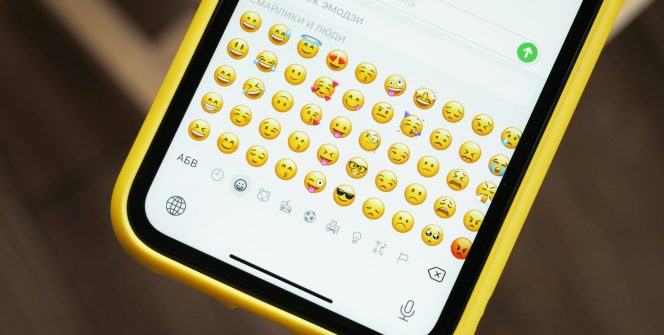Franklin Loufrani is credited as the ‘creator and father of the smiley face’, with the French journalist launching the iconic yellow smiling face logo as part of a ‘feel-good’ campaign staged by the newspaper France Soir. In 1972, at a time of considerable political and societal unrest in the country, Loufrani’s smiley graphic shone like a beacon from the front of the publication, which up until that point had only been published in black and white.
Smiley face owner Franklin Loufrani caught the mood of several cultural movements over the course of the next 50 years, from the free love movement to the rave scene of the 1990s. It is thanks to his business model and talent as a salesman that Smiley became a global brand recognised by billions of people through the products, creative collaborations and marketing campaigns he launched across the world over the past 50 years.
Franklin Loufrani’s son, Nicolas Loufrani, joined forces with his father in 1996, co-founding the Smiley Company in London. Nicolas Loufrani created a 3D Smiley logo along with hundreds of other emoticons, registering his images with the US Copyright Office before publishing them as GIF files on the internet in 1998, making graphical emoticons available for use in technology for the first time.
Shortly afterwards, emoji godfather Nicolas Loufrani launched the SmileyWorld brand, which licensed rights to use emoticons to telecommunications companies in the early 2000s, partnering with industry titans like Nokia, Samsung and Motorola. Nicolas compiled his emoticons along with other existing ASCII emoticons made of punctuation used in digital communications according to a protocol defined by computer scientist Scott Fahlman in 1982. Loufrani launched an online dictionary divided into categories such as emotions, sports, celebrities, objects, foods, weather, celebrations and more, which featured more than 3,000 images by 2002.
His intent was to promote ‘the birth of a universal language’; he wanted to create a modern logographic system that the whole world could use and that would be very easy to understand in fast-paced digital communication.
To create them, he mimicked emotions in front of his mirror and sketched them. For more complicated concepts, like love or being cool, he came up with his own subjective representations, using hearts in the eyes or sunglasses. His ideas are now used by billions of people daily.
Loufrani’s emoticons, short for emotion icons, first became popular in the early noughties. In recent years, ‘emojis’, a term first coined by Shigetaka Kurita for pictograms, have been embraced as a mass communication tool in instant messaging, text and social media platforms, providing an instantly recognisable and understandable conduit for users to express themselves. Kurita’s beautiful pictograms were totally different in style, structure and use from modern emojis, which Loufrani said during an interview with Vice are inspired by his work.
According to Swyft Media, some six billion emojis are sent every day, with 74% of US citizens regularly using them in their online communications – each sending a staggering 96 per day on average. Telecoms experts attribute the rising popularity of emojis to a widespread shift in the way people communicate with each other, with more and more consumers embracing smartphones and other digital technology.
A picture really is worth a thousand words, with today’s generation making liberal use of emojis and GIFs daily, affecting the way that people communicate via text messages and across the internet. Research shows that 72% of individuals aged between 18 and 25 years are more likely to express themselves using emojis than words, with four out of five 18-to-65-year-olds regularly using them.
Although traditionally eschewed by professionals in work communications, today emojis – which not only include yellow round emoticons but also many categories representing real-life objects or people – are used in a variety of different contexts, providing globally recognisable iconography that can be understood at a glance. Rather than being perceived as sloppy shorthand, emojis are increasingly being embraced as an effective way to enhance the way we communicate, making interactions more engaging and human and providing an effective means of conveying emotion.
Humans are, after all, acutely aware of body language, albeit on an unconscious level. According to a theory by the American science communicator and astronomer Carl Sagan, humans are innately programmed to recognise whether strangers are friend or foe, learning to read a frown from a smile and react accordingly from just a few months old. Today, thousands of emojis allow people to express themselves in fun and relatable ways, restoring some of the emotional nuance that is often lacking in text and email-based communications.

Leave a Reply